Growing Focus on Connected Vehicles
The Automotive Graphics Display Controllers Market is benefiting from the growing focus on connected vehicles. As vehicles become more integrated with the internet and mobile technologies, the need for sophisticated graphics display controllers is becoming increasingly apparent. These controllers are essential for managing the complex data streams generated by connected systems, enabling features such as real-time traffic updates, vehicle diagnostics, and remote access. The connected vehicle market is projected to expand significantly, with estimates suggesting that nearly 70 percent of new vehicles will be connected by 2025. This trend is likely to drive demand for advanced graphics display solutions that can enhance the user interface and overall driving experience.
Increased Adoption of Electric Vehicles
The Automotive Graphics Display Controllers Market is poised for growth due to the rising adoption of electric vehicles (EVs). As consumers increasingly opt for EVs, manufacturers are focusing on enhancing the in-car experience through advanced infotainment systems. These systems rely heavily on high-performance graphics display controllers to provide seamless navigation, entertainment, and vehicle information. The EV market is expected to witness a substantial increase, with projections indicating that electric vehicles could account for a significant share of total vehicle sales by 2030. This shift towards electrification is likely to create new opportunities for graphics display controller manufacturers, as they cater to the evolving needs of modern EVs.
Consumer Demand for Enhanced In-Car Experience
The Automotive Graphics Display Controllers Market is witnessing a shift in consumer preferences towards enhanced in-car experiences. Modern consumers expect their vehicles to offer advanced infotainment systems that provide seamless connectivity, entertainment, and information. This demand is driving automotive manufacturers to invest in high-quality graphics display controllers that can deliver rich visual content and interactive interfaces. Market Research Future indicates that the in-car entertainment market is expected to grow significantly, with projections suggesting a compound annual growth rate of over 10 percent. As a result, the need for advanced graphics display solutions is likely to increase, as they play a crucial role in meeting consumer expectations and enhancing the overall driving experience.
Technological Advancements in Display Technologies
The Automotive Graphics Display Controllers Market is significantly influenced by rapid technological advancements in display technologies. Innovations such as OLED and LCD displays are becoming increasingly prevalent in vehicles, necessitating advanced graphics display controllers capable of supporting these high-resolution formats. The market for automotive displays is expected to grow at a robust pace, with estimates indicating a potential increase of over 15 percent annually. This growth is driven by consumer demand for enhanced visual experiences, including larger screens and improved image quality. Consequently, manufacturers are compelled to invest in cutting-edge graphics display solutions to remain competitive in this evolving landscape.
Rising Demand for Advanced Driver Assistance Systems
The Automotive Graphics Display Controllers Market is experiencing a notable surge in demand for advanced driver assistance systems (ADAS). As safety regulations become more stringent, automotive manufacturers are increasingly integrating ADAS features into their vehicles. This integration necessitates sophisticated graphics display controllers that can process and render high-quality visual data in real-time. The market for ADAS is projected to grow significantly, with estimates suggesting a compound annual growth rate of over 20 percent in the coming years. This growth is likely to drive the demand for advanced graphics display solutions, as they are essential for delivering the visual feedback required for these systems, thereby enhancing overall vehicle safety and user experience.


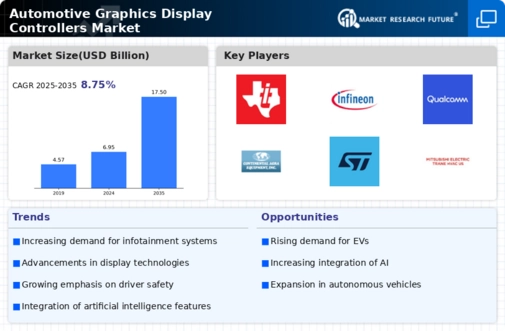
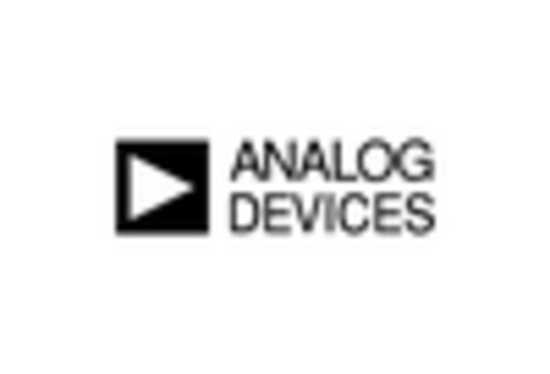
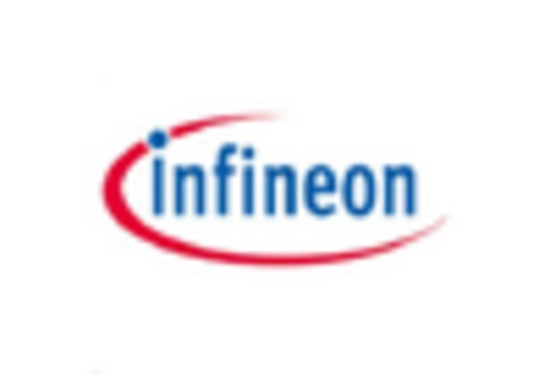

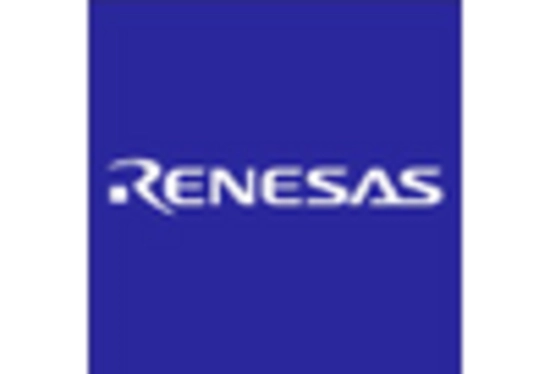

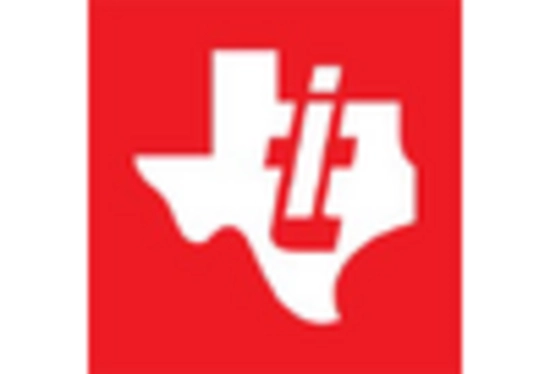








Leave a Comment